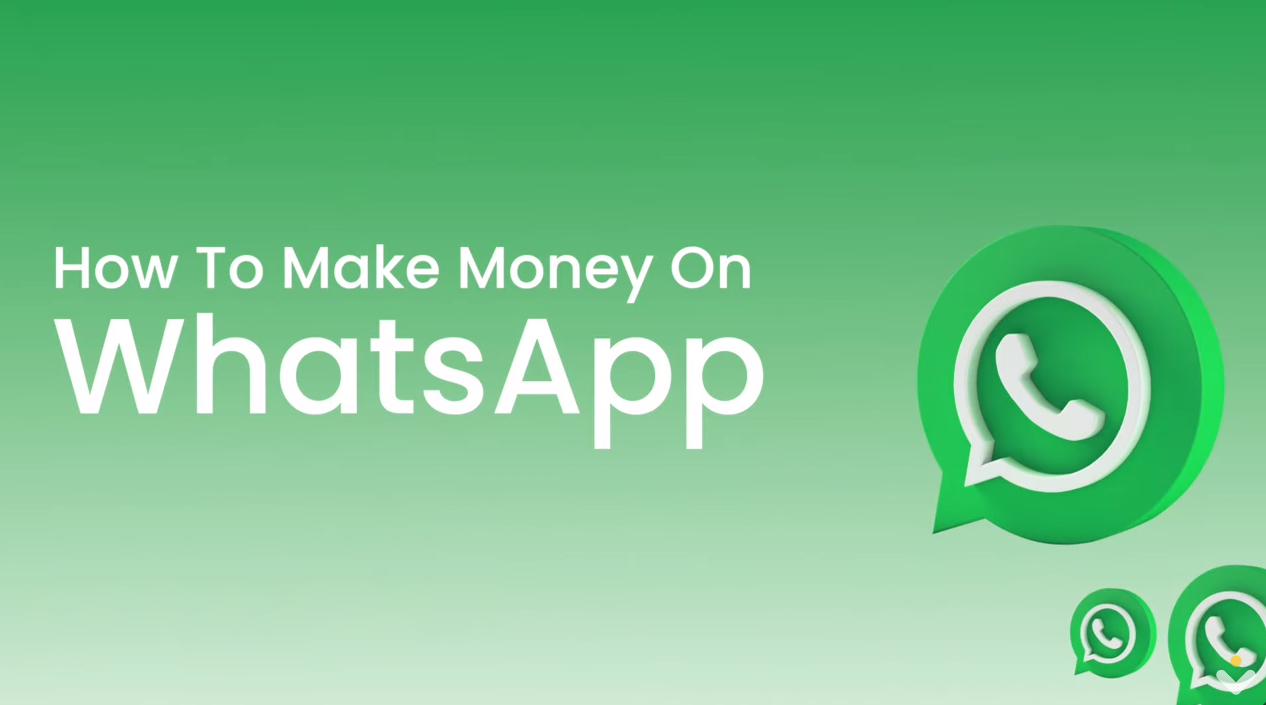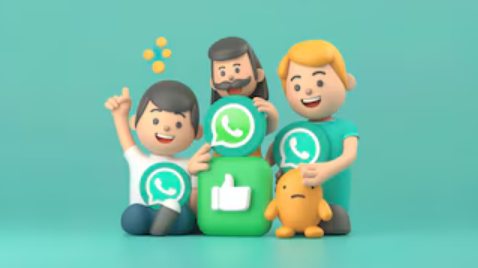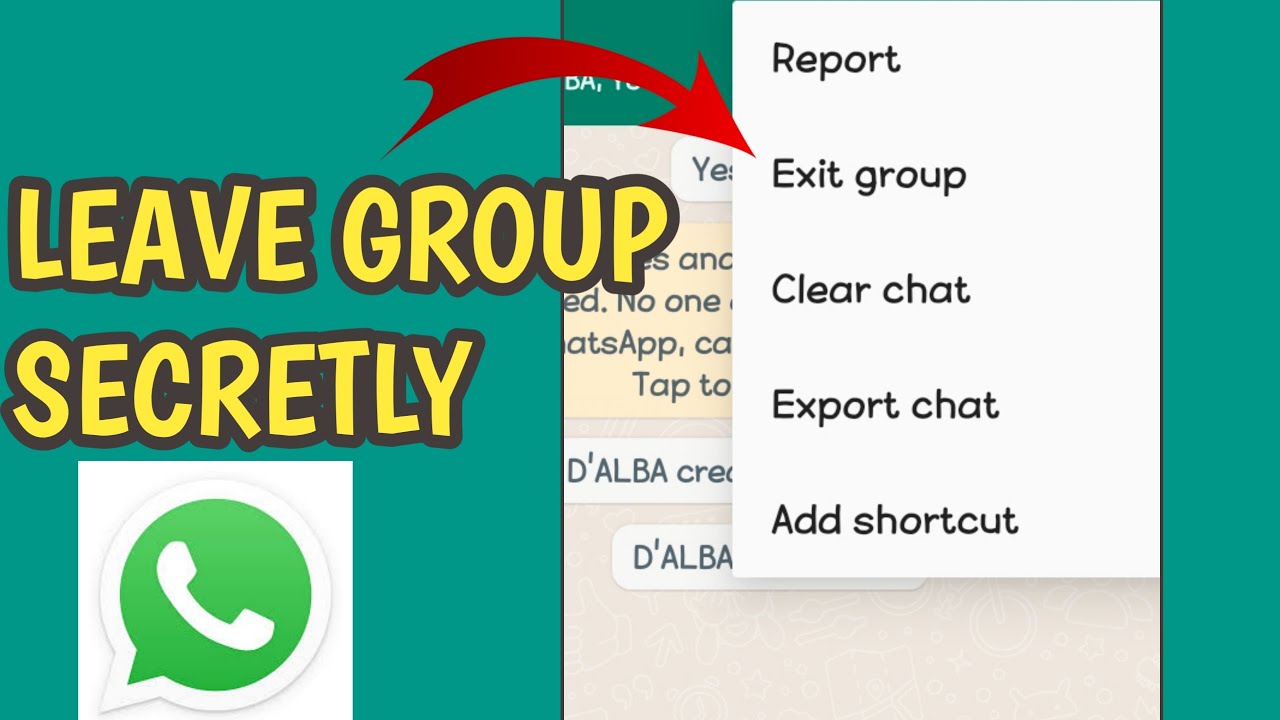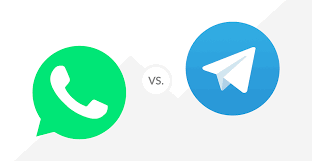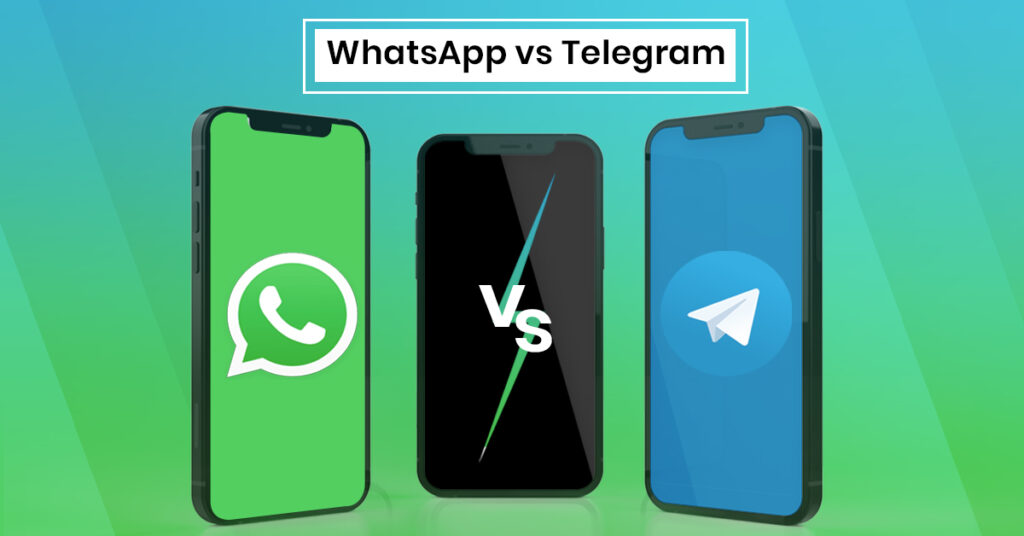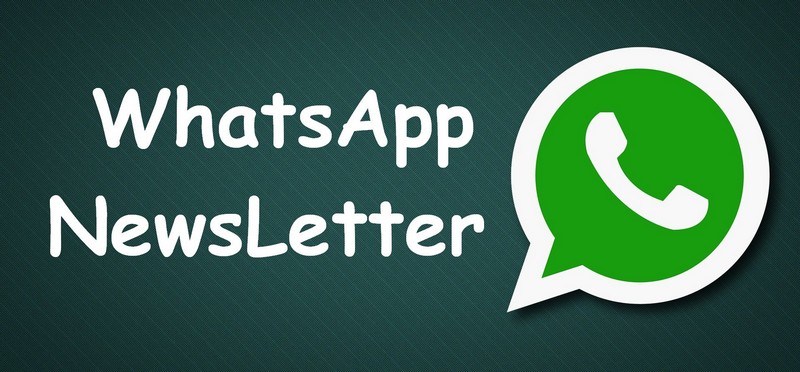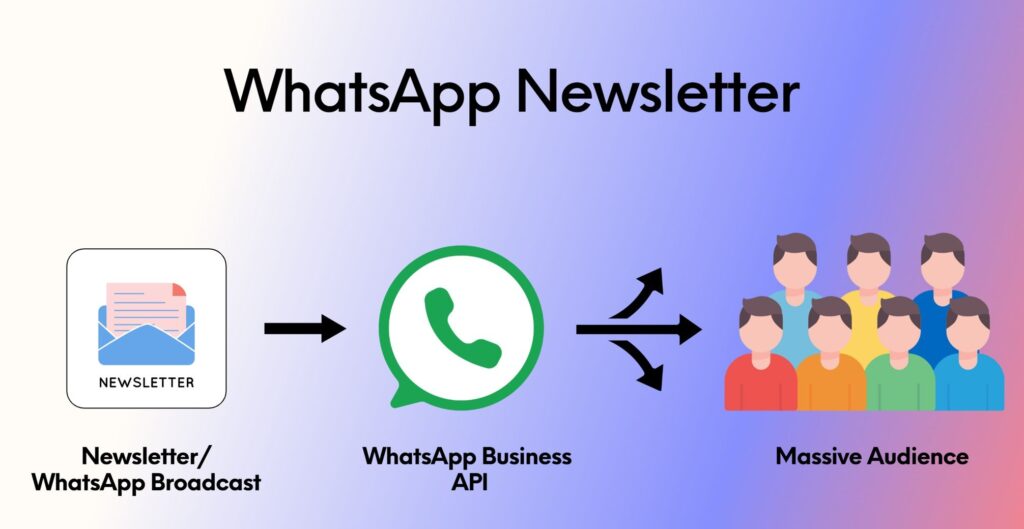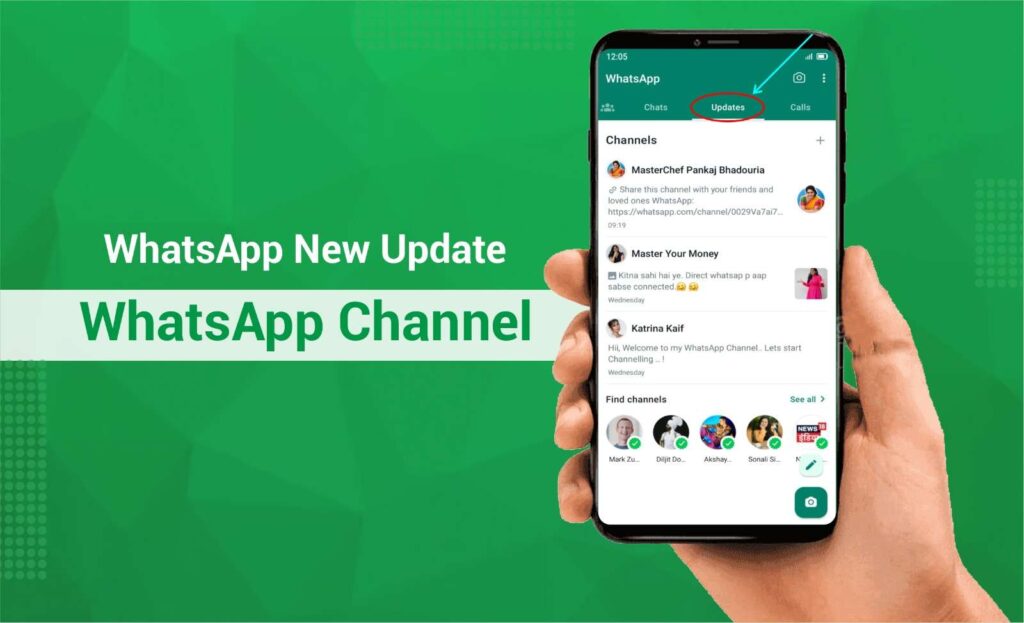So, you’ve created a WhatsApp Channel. You’re posting regularly, building followers, and getting reactions on your updates. But after a while, a thought naturally creeps in how do I make money from this?
Good question. WhatsApp Channels are still fairly new, but they’ve already opened the doors to creative ways of monetization. While the platform doesn’t yet have a built-in payment or ad system like YouTube or Instagram, there are plenty of smart ways to turn your WhatsApp Channel into a money-making tool.
Let’s walk through it step by step.
Step 1: Build a Strong Audience Base
Before you think about monetization, you need an audience that actually wants to hear from you. Nobody makes money from an empty room.
Focus your early efforts on growing your Channel by sharing valuable, consistent, and engaging content. Whether it’s news, tips, entertainment, or niche insights, pick one area and stick to it.
Promote your Channel on social media, through your WhatsApp groups, website, or email newsletters. Encourage your followers to share your Channel link with others.

Remember, an active, loyal audience is more valuable than a large but disinterested one. Ten thousand silent followers won’t help as much as one thousand who trust your recommendations.
Step 2: Define Your Channel’s Niche
Think of your WhatsApp Channel as a mini media platform. And every good media platform needs a clear niche.
Are you sharing fitness advice? Daily tech updates? Business insights? Travel tips?
Your niche determines what kind of brands will want to collaborate with you, what kind of followers you’ll attract, and what type of monetization strategies will work best.
A well-defined niche also helps followers instantly know what to expect when they join. Nobody wants to subscribe to a channel that posts random memes one day and stock market updates the next.
Step 3: Offer Paid Promotions and Shoutouts
Once you have a steady following, small businesses, local creators, or other channels may be interested in reaching your audience. You can offer paid promotions or shoutouts on your Channel.
For example, if you run a fashion Channel, local boutiques or online stores might pay you to feature their products. If your Channel focuses on digital tips, you could promote apps or online courses.
The trick is to keep it subtle and authentic. Never flood your Channel with promotions. Instead, blend them naturally with your usual updates. A trustworthy recommendation earns you long-term value, while overdoing ads can drive followers away.
Step 4: Drive Traffic to Your Own Products or Services
One of the smartest ways to make money from your WhatsApp Channel is by using it to promote your own offerings.
If you’re a freelancer, you can share links to your services. If you run a small business, you can post new product launches or exclusive deals for Channel followers. If you’re a content creator, you can use it to drive traffic to your YouTube channel, blog, or online store.
Step 5: Use Affiliate Marketing
Affiliate marketing can work beautifully with WhatsApp Channels if done right. You share special links to products or services, and you earn a commission whenever someone makes a purchase through your link.
Let’s say your Channel shares gadget reviews or fitness tips. You can include affiliate links to those products from trusted platforms. Followers who value your opinion are likely to check them out.
Step 6: Offer Paid Subscriptions or Exclusive Access
Once your Channel grows big enough, you can create exclusive paid content for premium members.
For instance, keep one free Channel for general updates and create another private one for subscribers who pay a small monthly fee. The paid Channel could include exclusive tips, early announcements, or one-on-one Q&A access.
While WhatsApp doesn’t have built-in subscription tools yet, you can use external payment methods like Stripe, PayPal, or UPI and manually manage paid members. It’s not fully automated, but it’s a start.
Step 7: Collaborate with Brands and Influencers
If your Channel grows big enough, brands might approach you for partnerships. They could sponsor a post, offer giveaways, or collaborate on content campaigns.
Even if you’re still growing, don’t hesitate to reach out to small or local brands that align with your Channel’s theme. For example, if you run a travel Channel, partner with travel gear stores or local tour guides.
Just ensure that any collaboration feels natural. Your audience should feel that the partnership adds value, not noise.
Monetizing your WhatsApp Channel isn’t about finding shortcuts or spamming your audience with ads. It’s about building a genuine community, offering real value, and gradually introducing smart revenue opportunities.
It may take time, but the results can be surprisingly rewarding. As WhatsApp continues to roll out new Channel features, including potential monetization tools in the future, being an early creator gives you a huge advantage.
So start small, stay authentic, and treat your WhatsApp Channel like a real brand. The money will follow naturally when your audience trusts you
